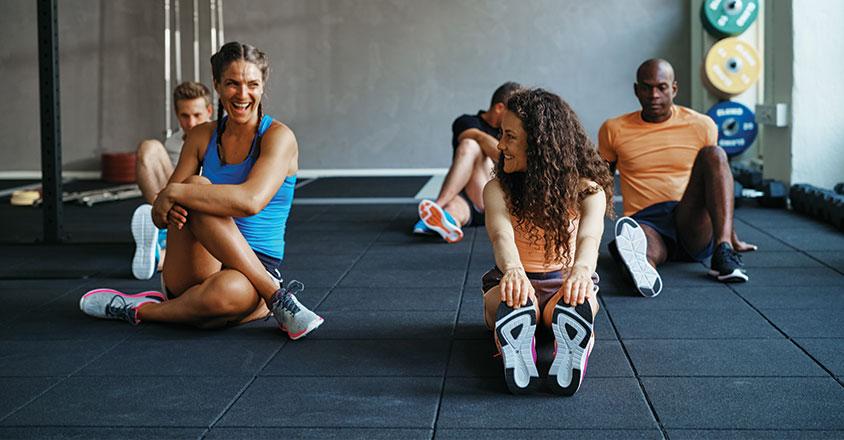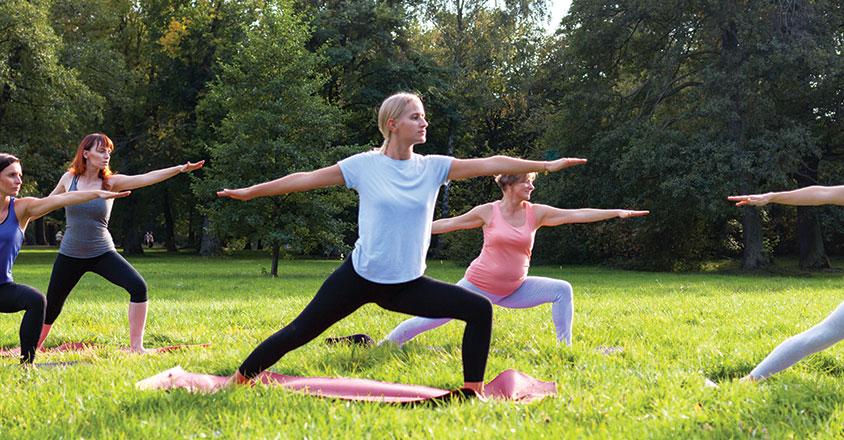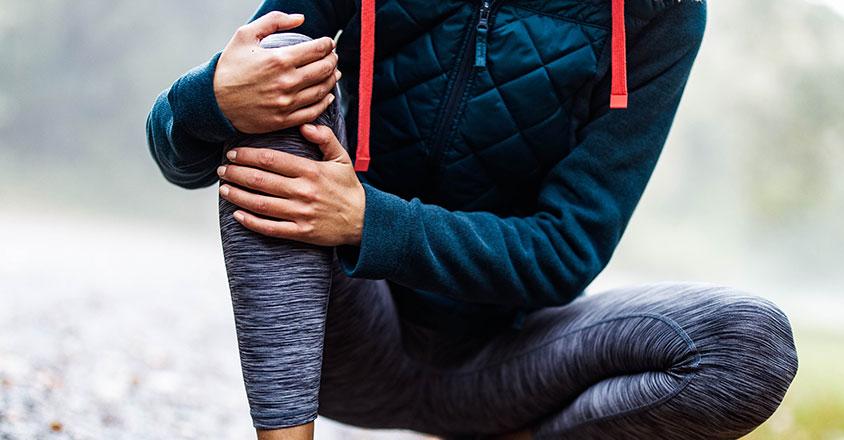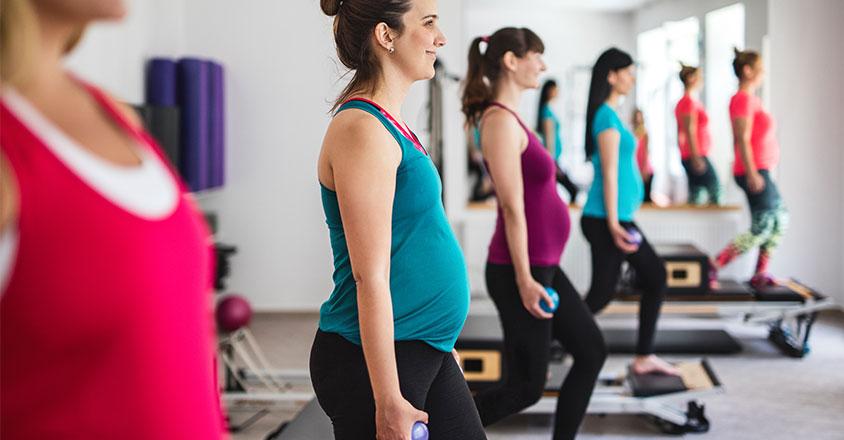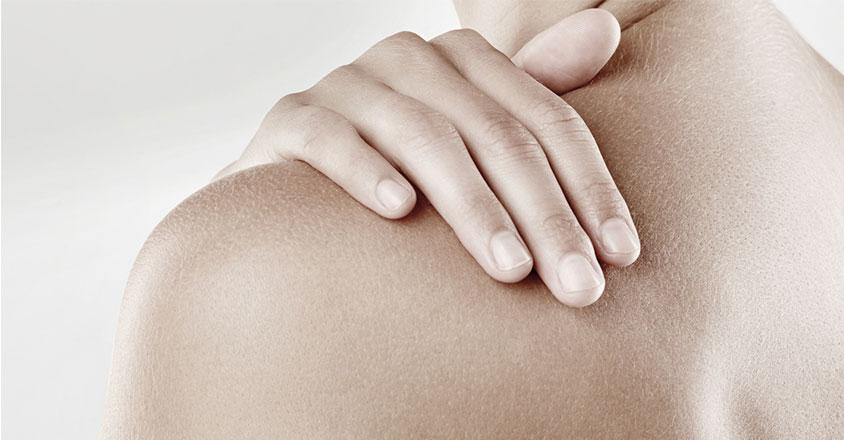An active teen is a healthier teen: 5 tips to help your teen be more active
There is no downside to regular exercise, particularly for teens. Exercise helps teens’ muscle and bone strength, keeps hearts and lungs healthy and provides a supercharged immune system and energy levels. Exercise releases a wave of chemicals called endorphins through our bodies, which make us feel great naturally. Staying physically active helps teens feel confident and happy in themselves and maintain a healthy weight. Regular exercise improves intelligence, contributing to higher grades and improved learning.
So, why can it be difficult to convince some teens to be active? It may all be in the approach.
1.) Teens shouldn’t be forced to play organized sports. There are many alternatives such as cycling, walking, running or sledding. Even video games promoting physical activity are better than those encouraging adherence to a couch. Several short bursts of exercise throughout the day can add to the recommended 60 minutes of daily activity for teens.
2.) Take advantage of online sources. Zoom classes and other online programs are a handy alternative for those who prefer to exercise indoors or privately. Thanks to technology, inclement weather or a lack of outdoor space are no longer excuses for remaining inactive. Many fitness professionals offer free, guided workouts online or through various social media outlets.
3.) Adopt a dog. It’s no secret teens love dogs. In fact, a study revealed teens with dogs do an extra 78 minutes per week of recreational walking, 285 more minutes per week walking, and an extra 260 minutes of unstructured activity than teens without dogs.
4.) Make sure the exercise is fun. This may seem obvious, but a teen isn’t guaranteed to love an activity simply because his or her parents enjoy it. Fortunately, the options are endless. Enjoying the activity is essential to a teen’s success.
5.) It must be the teen’s choice. There’s a fine line between encouragement and nagging. Most teens will dig in and refuse to change behavior if forced into an activity, no matter how beneficial it may be. Adults should take a relaxed approach to introducing a new physical activity, lead by example, and be less willing to provide transportation if the teen can easily walk or ride a bicycle to a desired location.
Genesis HealthCare System’s Health and Wellness content conveniently provides accurate and helpful information. Your health history and current health may impact suggestions provided through our Health and Wellness content. Although we hope this information is helpful, it is not a substitute for your doctor's medical advice. Before making any significant changes, please consult your doctor.

There is no downside to regular exercise, particularly for teens. So, why can it be difficult to convince some teens to be active?

